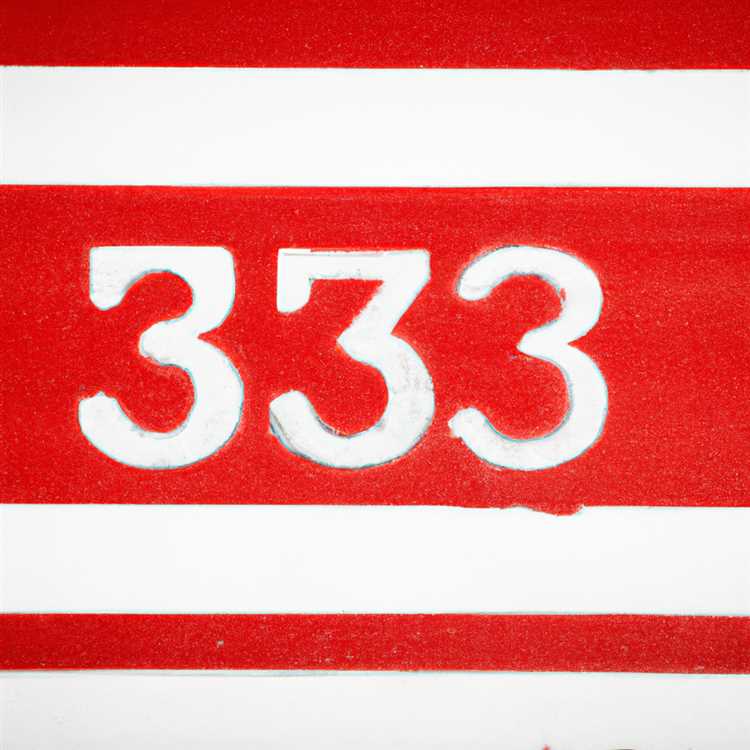
Hiding in the heart of Arizona lies the bustling city of Tempe. Known for its vibrant culture, thriving arts scene, and thriving business community, Tempe is a destination that attracts people from all walks of life. But what makes this city truly unique is its postal code, 85281. In this guide, we will take a closer look at what makes 85281 special and explore the hidden gems that can be found within its borders.
One of the first things that stands out about 85281 is its central location. Situated just minutes away from Phoenix Sky Harbor International Airport, this postal code is easily accessible to visitors from around the world. The convenience doesn’t stop there, as numerous major highways crisscross through the area, making it a breeze to explore all that Arizona has to offer. Whether you’re heading north to Sedona’s red rocks or south to Tucson’s desert landscapes, 85281 serves as an ideal starting point for your adventures.
But what truly sets 85281 apart are the unique neighborhoods that call this postal code home. From the historic houses of Maple-Ash to the trendy lofts of Downtown Tempe, each neighborhood offers its own distinct charm. The vibrant Mill Avenue District is a hub for dining and entertainment, boasting an array of restaurants, bars, and clubs. Just a stone’s throw away, you’ll find the Arizona State University campus, where students and visitors alike can immerse themselves in the excitement of college life.
No guide to 85281 would be complete without mentioning Tempe Town Lake. Spanning over two miles, this urban oasis provides a picturesque backdrop for outdoor activities. Whether you’re biking along the scenic paths, boating on the lake, or simply enjoying a picnic in one of the many parks, Tempe Town Lake is a beloved gathering place for residents and visitors alike. With stunning views of the nearby mountains and city skyline, it’s no wonder that this waterfront gem is a cherished part of the 85281 experience.
In conclusion, 85281 is much more than just a postal code. It’s a gateway to adventure, a tapestry of diverse neighborhoods, and a symbol of the vibrant energy that defines Tempe. Whether you’re a long-time resident or a first-time visitor, there’s no denying the allure of this special corner of Arizona. So next time you find yourself in the area, be sure to explore all that 85281 has to offer.
Understanding Postal Codes: A Comprehensive Guide
A postal code is a numerical code used by postal services to identify specific areas for the purpose of efficient mail sorting and delivery. Postal codes, also known as ZIP codes in some countries, play a crucial role in ensuring that mail reaches its intended destination while minimizing delays and errors.
The format of a postal code can vary depending on the country. In some cases, it consists of a series of digits, while in others, it may include a combination of letters and digits. The length of the code can also vary, ranging from a few characters to several digits.
Components of a Postal Code
Postal codes are typically divided into different components, each serving a specific purpose in indicating the location. These components can include:
- Region: The first part of a postal code often represents a specific region or area. This can be a city, town, or a more localized district within a larger area.
- City or Town: The second part of the postal code usually identifies the specific city or town within the region.
- Suburb: In some cases, a postal code may include a component that represents a specific suburb or neighborhood within a city or town.
Understanding Postal Code Patterns

Postal codes are carefully designed to follow specific patterns and rules, making it easier for postal workers to sort and deliver mail. These patterns can include:
- Sequential Order: In certain countries, postal codes are assigned in a sequential order, with each code representing a specific geographic area in numerical progression.
- Geographic Features: Postal codes may also take into account geographic features, such as rivers, mountains, or major landmarks, to help identify areas.
- Administrative Divisions: In some cases, postal codes can reflect administrative divisions, such as states or provinces, within a country.
Understanding postal codes is essential for individuals and businesses who rely on efficient mail delivery. By knowing how postal codes work and how they are organized, you can ensure that your mail reaches its intended recipient promptly and accurately.
Remember, always double-check the postal code before sending any mail to avoid potential delays or misdeliveries.
What is a Postal Code?
A postal code, also known as a zip code or postcode, is a numerical code used by postal services to sort and deliver mail to specific geographic areas. Postal codes play a vital role in ensuring efficient mail delivery and help to organize addresses for easier routing and sorting.
A typical postal code consists of a series of digits or alphanumeric characters that are assigned to a particular region, city, or neighborhood. These codes can vary in length, depending on the country or postal system. In some countries, such as the United States, postal codes are generally five digits long, while in others, such as the United Kingdom, they can be up to seven characters.
Postal codes are used to improve the accuracy and efficiency of mail delivery. They help postal workers identify the correct area for delivery and assist sorting machines in automatically sorting mail to the appropriate destination. By using postal codes, mail can be processed more quickly and accurately, leading to faster delivery times and reduced errors.
Postal codes are also useful for a variety of other purposes, such as demographic analysis, market research, and navigation. They can be used to determine the population and characteristics of a specific area or to target specific groups for marketing purposes. Additionally, postal codes are often used in mapping and GPS systems to provide directions and locate addresses.
Overall, postal codes are essential tools for mail delivery and address organization. They help ensure that mail reaches its intended recipients quickly and efficiently, while also providing valuable information for various applications. Whether you’re sending a letter, ordering a package, or conducting research, understanding and correctly using postal codes is key.
81: An In-Depth Look
The 81 postal code is part of the 85281 area in Arizona, United States. This postal code is specifically assigned to Tempe, a city located in Maricopa County. Let’s take an in-depth look at the 81 postal code and explore its features, attractions, and demographics.
Location
The 81 postal code covers a significant portion of Tempe, including Arizona State University and its surrounding areas. It is situated in the southeastern part of the city and is easily accessible from major highways and roads.
Attractions
Tempe, within the 81 postal code, offers a wide range of attractions and amenities. One of the most popular destinations in this area is Tempe Town Lake, a picturesque reservoir where visitors can enjoy water activities, jog along the lakeside trails, or simply soak in the beautiful views. The 81 postal code is also home to a vibrant downtown area that boasts a variety of shops, restaurants, and entertainment venues.
Arizona State University, which is located within the 81 postal code area, is a major educational institution that adds to the overall vibrancy and diversity of the community. The campus offers numerous cultural events, art exhibits, and sporting events throughout the year.
Demographics

The 81 postal code is known for its diverse population. The presence of a major university attracts a large number of students, both domestically and internationally. This creates a lively and dynamic atmosphere in the area. In addition to the student population, the 81 postal code is also home to a mix of professionals, families, and retirees who enjoy the convenient location and amenities that the area offers.
Overall, the 81 postal code in Tempe, Arizona, is a vibrant and diverse area with a wide range of attractions and a thriving community. Whether you’re a student, professional, or retiree, you’ll find something to enjoy within the 81 postal code.
Benefits and Uses of Postal Codes
Postal codes play a crucial role in a variety of fields, providing numerous benefits and facilitating several key processes. Here are some of the main benefits and uses of postal codes:
1. Efficient Mail Delivery
One of the primary uses of postal codes is to ensure efficient and accurate mail delivery. By assigning a unique code to each area or region, postal workers can easily sort and direct mail to its intended destination. This helps to speed up the delivery process and reduce the likelihood of errors or misplacements.
2. Geographical Information
Postal codes also serve as a valuable source of geographical information. By analyzing postal code data, businesses and organizations can gain insights into the demographics and characteristics of specific areas. This information can be used for market research, targeted marketing campaigns, and strategic decision-making.
For example, retailers can use postal code data to identify potential locations for new stores based on the demographics of an area. Similarly, healthcare providers can analyze postal code data to better understand the distribution of diseases or health conditions across different regions.
Moreover, emergency services can utilize postal codes to quickly locate and respond to incidents or emergencies, ensuring a timely and efficient response.
3. E-commerce and Online Services
Postal codes are essential for e-commerce and online services. They enable accurate and smooth delivery of online purchases to customers by helping to ensure that the correct address is provided and that the package reaches the customer’s door without any issues.
Additionally, postal codes are used to calculate shipping costs, estimate delivery timeframes, and determine the availability of certain products or services in specific areas.
Overall, postal codes are a fundamental part of the modern postal system, providing numerous benefits and enabling a wide range of applications across various sectors.










